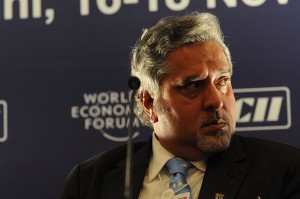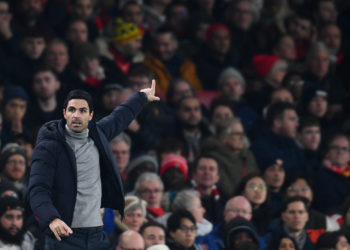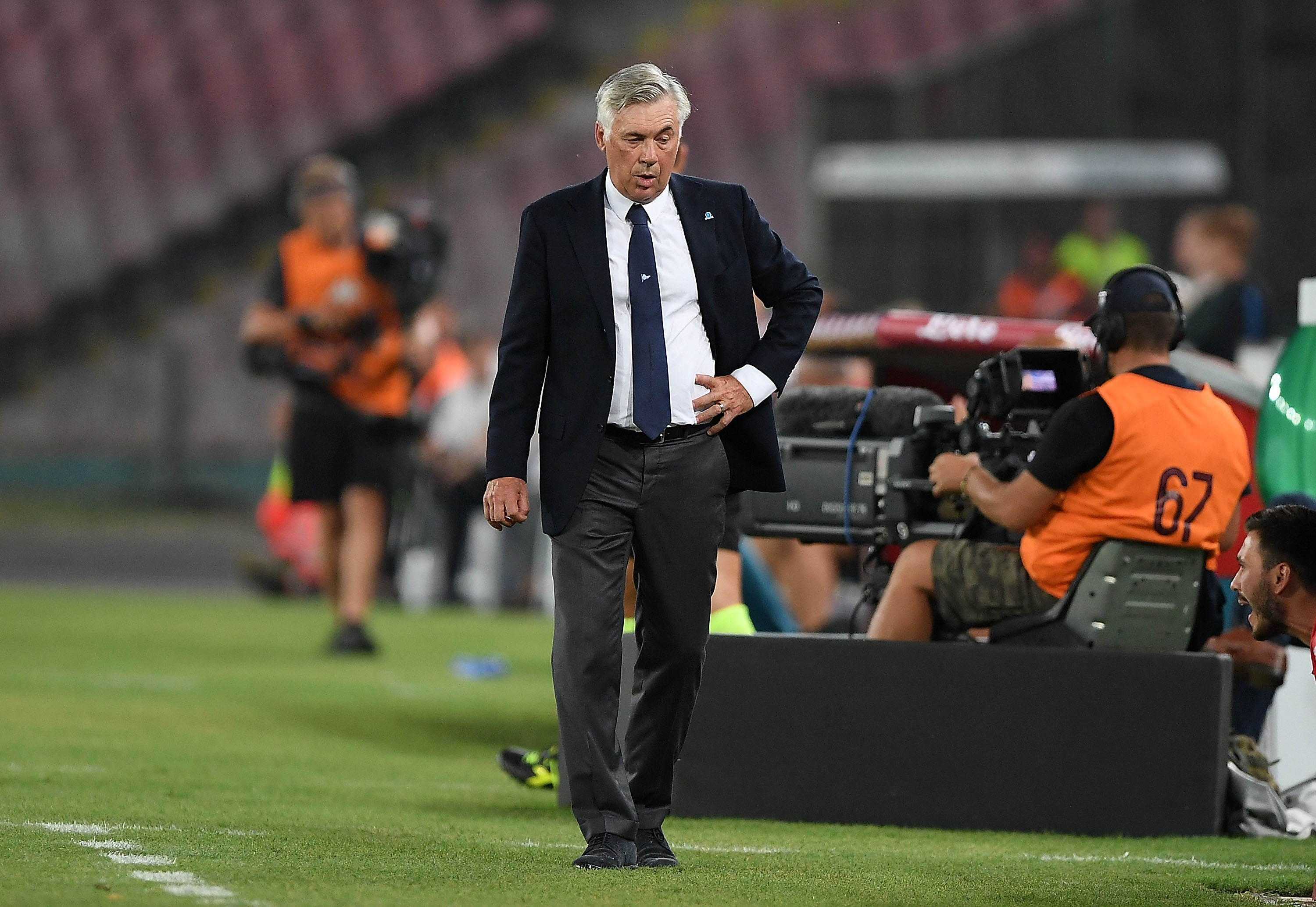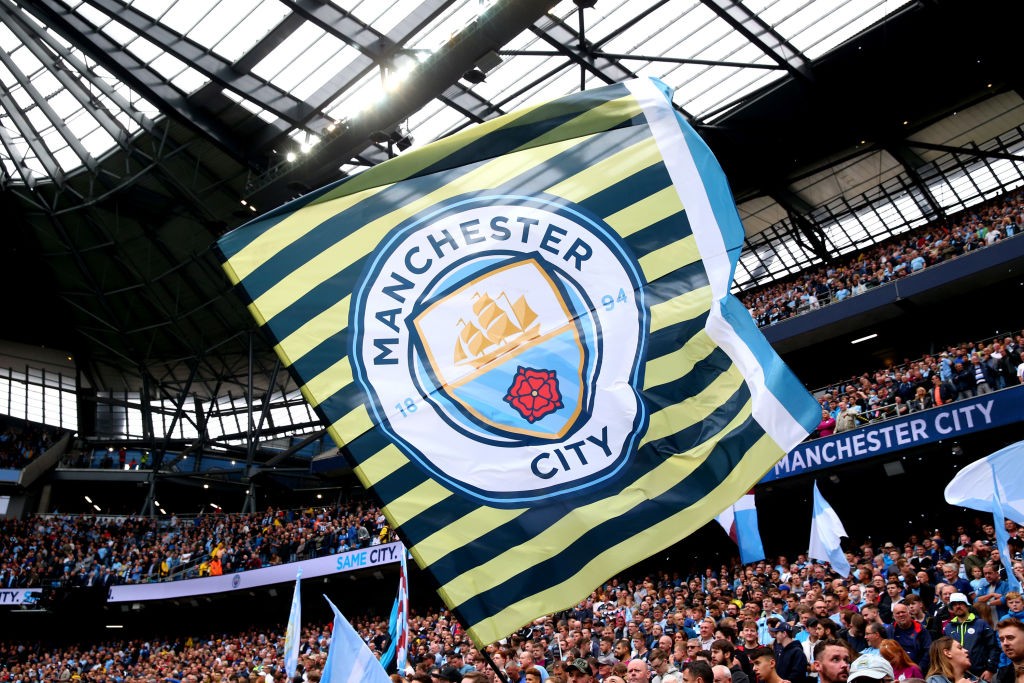Recently, JCT FC – one of the biggest names in Indian football and a former national champion – dismantled its senior team. Samir Thapar, JCT supremo complained bitterly about the lack of exposure and money in Indian football, citing it as a major reason behind JCT’s closure. Indian football fans might remember Mahindra United, another big wig in Indian football, which closed its football team under similar circumstances. A day after JCT’s announcement, two lesser known clubs from Bangalore announced their closure – Oriental FC and Royal FC. RFC’s founder, Anthony, had this to say – “”It is very difficult to run a club these days, I have been bearing the all expenses of the team from 1999. Now, the high costs make it impossible to run the side”. He also added that a minimum amount of Rs. 2.5 lakhs is required to properly run a football club.
JCT and Mahindra’s cases are not isolated events. As per reports a number of i-league clubs are suffering from the same problem. Mumbai FC has been suffering from financial problems since 2010 and failed to make a good team last season. They stayed up thanks to Khalid Jamil’s excellent coaching but could have gone the JCT way if they got relegated. Viva Kerala were on the verge of bankruptcy before being bailed out by Chirag Computers. HAL and Air India are struggling to meet AFC criteria which will require considerable investment in infrastructure. United SC is struggling to find a new sponsor after Chirag parted ways with them.
These incidents have placed Indian football in front of a serious question – How sustainable is club football, financially?
Financial Structure of Indian Club Football
Indian football clubs can be broadly classified into four types –
Fan-owned clubs
Fan-owned clubs have traditionally depended on money contributed by members or affluent supporters in order to build teams. East Bengal was initially backed by Raja of Santosh while Mohun Bagan enjoyed support of Raja of Coochbehar. These clubs have also eked out supporters among the city’s rich and famous – giving them further leverage. Kolkata clubs could afford to pay footballers large amount during 70s when India was classified as an amateur nation under FIFA. A decade back, East Bengal and Mohun Bagan, thanks to their popularity, roped in Vijay Mallya’s UB Group as sponsor. UB has since contributed more than half of respective clubs’ transfer kitties.
Clubs run by a business or family
A large number of Goan clubs are run by business houses that have started the club. The commitment of club owners is beyond question but the fortunes of these clubs are directly linked to how the owner’s business flourishes. A dip in owner’s fortune can also cause dip in club’s fortunes. Fortunately Dempo or Churchill Brothers have also managed to attract sponsors from time to time which help them financially.
Corporate-based clubs or Institutional sides (HAL, Air India)
These clubs are often sports wings of public/private sector companies. Corporate Clubs in India are in biggest risk financially right now. Unlike family-owned clubs, owners of these clubs aren’t committed fully. Once the performance curve goes down, so does interest of owners.
Vijay Mallya’s UB Group Contributes a Major Portion of the transfer budget for two big Kolkata Clubs
Professional clubs
In 1997, FC Cochin was started as the first professional club in India. Clubs like Bengal Mumbai Club and Pune FC have come up later. Professional clubs have to be extremely careful in terms of finances as they don’t always have a steady source of income. FC Cochin’s inability to find a long-term source of cash inflow led to ultimate demise of the club.
Are clubs making enough money?
It is extremely difficult to generate money in Indian football. Well managed clubs have four main sources of incomes – sponsors, merchandise sales, TV rights, gate money, prize money. Other than sponsors, Indian clubs don’t have any source of income.
Clubs like Pune FC and Lajong have tried to launch official merchandise but it’s still in its nascent stage. With their immense supporter base, clubs like East Bengal and Mohun Bagan could make lakhs from merchandising but clubs officials are oblivious to this idea. A sprawling market of pirated and counterfeit club jerseys, flags exist in Kolkata. Mohun Bagan and East Bengal sell thousands of jerseys every year but the clubs don’t make any money from it. Dempo, India’s most successful club in the new millennium struggled to explain to Ariel Ortega’s agent that they don’t even have an income from merchandise sells!
Money from TV rights will come once matches are actually shown on TV; something that didn’t happen last season. Either way money from TV rights go to AIFF/IFA directly and very little amount trickles down to clubs. Most stadia in India are owned by state administrations that capture a major part of gate money. Low attendance has been a problem in places like Mumbai. Ticket prices are extremely less while a lot of fans don’t buy tickets taking advantage of lax security.
That leaves us with prize money. This is the breakdown of the money Indian clubs get from winning premier tournaments.
| I-League | Rs. 50 lakhs |
| IFA Shield | Rs. 10 lakhs |
| Rovers Cup | Rs. 10 lakhs |
| Durand Cup | Rs. 20 lakhs |
| Federation Cup | Rs. 15 lakhs |
| U-19 I-League | Rs. 0 (Rs. 2.5 lakhs appearance money) |
| Odafa Okalie | Rs. 2.5 crores |
As the table shows, Indian clubs can make at most Rs. 1 crore if they win every big tournament, which is impossible. Money offered by AIFF for other expenses is also pitifully low. During Federation Cup, India’s most important Cup competition, players were allowed a daily allowance of Rs. 200 and food allowance of Rs. 100! Dearth of prize money makes clubs over dependent on sponsors. Once a sponsor decides to move out, the club gets into financial trouble. And nobody can blame the sponsors for moving out. The main goal of sponsors should be financial profit and promotion of themselves. However, since clubs make negligible profits the sponsors don’t make any profit and register losses. UB group can get good mileage by sponsoring Mohun Bagan and East Bengal because of both clubs’ mass appeal but what about a club like United SC or Mumbai FC? These clubs are still struggling to build a fan base and backing them doesn’t guarantee publicity for a sponsor.
Under such circumstances, it is becoming increasingly difficult for clubs to provide funding every season. The AIFF needs to come out with a concrete plan to promote the game properly so that sponsors come ahead to back Indian clubs.






